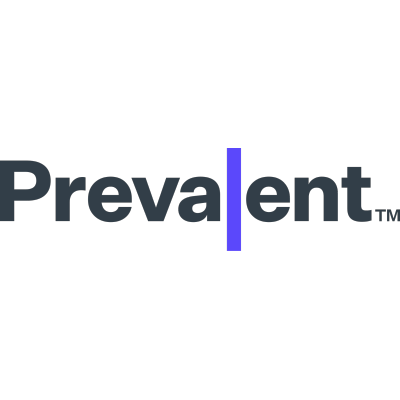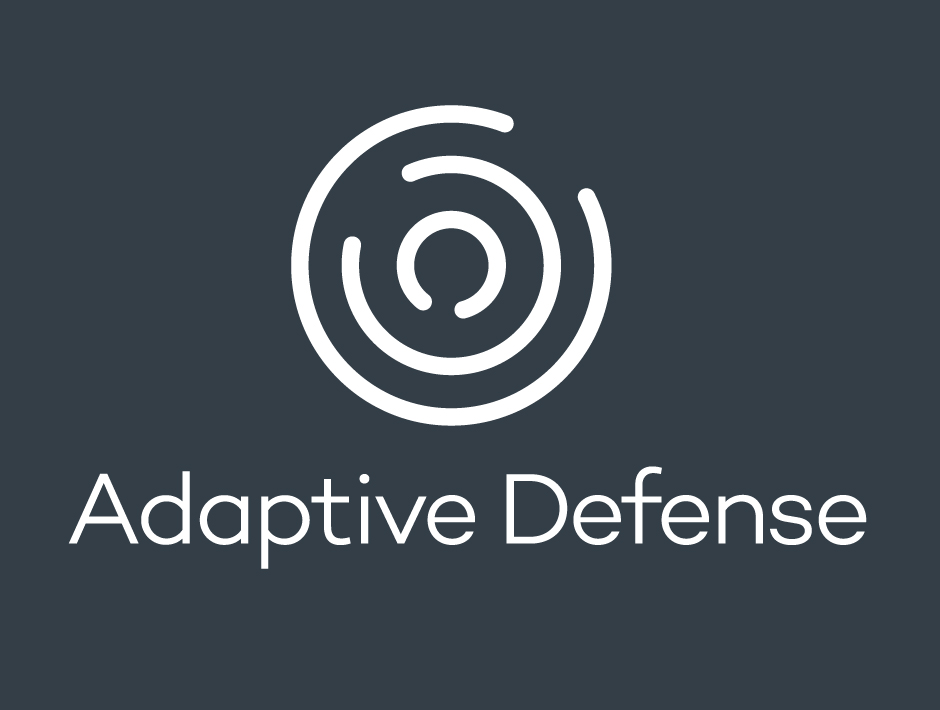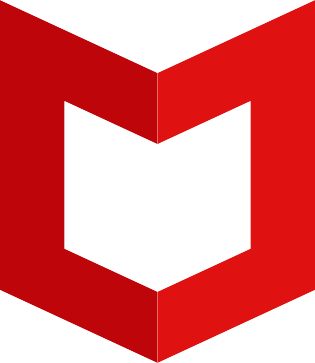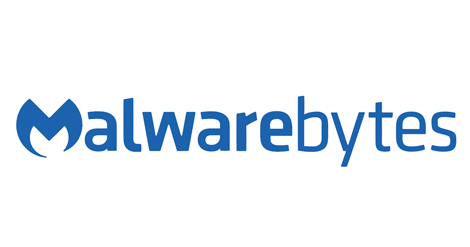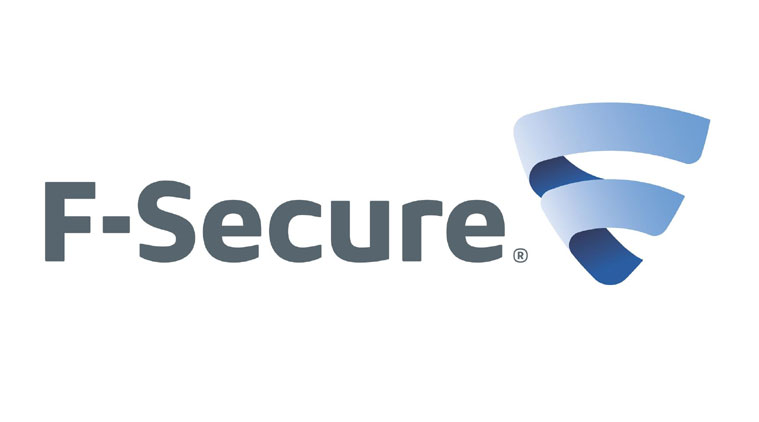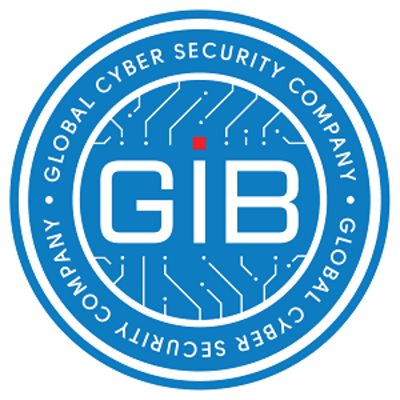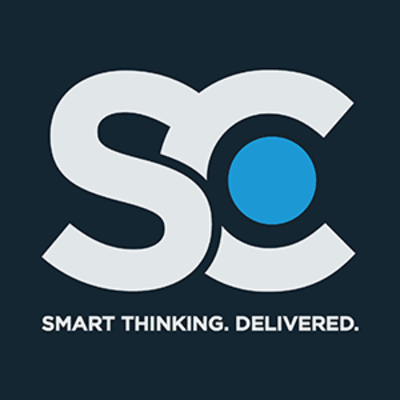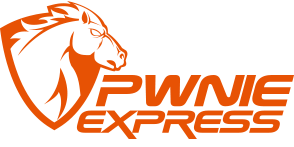
Categories
Problems that solves
Shortage of inhouse IT resources
Shortage of inhouse IT engineers
High costs of IT personnel
Shortage of inhouse software developers
Values
Reduce Costs
Enhance Staff Productivity
AnubisNetworks MPS
MPS is a high-performance Email Security system designed from scratch to address the specific needs of enterprises and service providers
About Product
Description
For Service Providers
Grow your revenue and lower your costs, managing and selling email security services.
The great skillset of Service Providers, their ability with communications networks, and especially their proximity to customers, make Service Providers especially fit to provide carrier-grade systems and value-added managed services on the Cybersecurity market.
For Enterprises
Email security is critical for business to face the growth of cyber threats
The permanent relevance of Email in organizations, affected by the increasing security concerns associated with phishing, data leakage, and privacy protection, among others, pushes Service Providers to provide Email Security on top of the existing email infrastructure. Preferably, with an Email Security service robust enough to build trust on organizations, while becoming a value added service for the cloud platform itself, as well as hosted Service Providers and Resellers.
MPS Characteristics
AnubisNetworks Global Threat Intelligence Platform
AnubisNetworks’ security ecosystem permanently monitors the world for Botnets, IP Reputation, Email phishing and Malware campaigns, and communicates with MPS edge filters, for real time proactive malware prevention.
Control Features on top of Security Features
DLP (Data Leakage Protection), Quota Management, Rate control, Email Validation, transport Encryption and many other features are available per user and per scope, taking this platform far beyond Email Security.
Complete Visibility on your platform
Complete details on messages and queues for inbound and outbound flows. MPS also contains several dashboard data, system auditing, business information tools, each feature configurable by scope and data.
Customizable/White Label GUI
Each of the hierarchy scopes can be fully customized with your brand identity, your partners and your end customers.
Lean Management of Quarantine
Quarantine can be managed by IT and/or end users, in a centralized console, with the option of web end user interface and/or email interface (via periodic digests).
Hierarchic Multitenant System for Inbound and Outbound
An advanced architecture with several administration scopes (Virtual scopes, SMTP domains and LDAP based Organizational units), each with distinct roles – including Helpdesk users - for both centralized and delegated management.
Email Secure Routing and Virtual Aliases
MPS brings a new dimension to email routing management by enabling the usage of BCC, Email Queue holding, Distribution lists, Virtual Aliases, and Listeners based routing. And protected under SPF, TLS and DKIM encryption mechanisms.
Auditing, Monitoring and Billing information
Advanced and easy access to detailed information on all activities and system information, for billing, auditing and compliance purposes.
Email Control
- DLP - Data Leakage Protection
- Multitenant Quota management
- White & Blacklists inheritance
- Attachments Discovery
- BCC and Archiving plugins
- AD Integration for AAA




